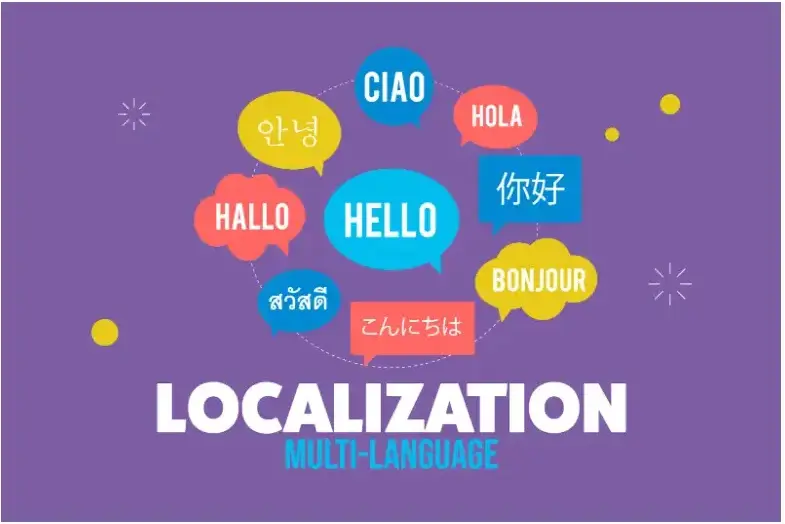

How To Implement Multi-Language In LWC?
Learn how to easily implement multi-language in LWC, making your Salesforce apps ready for users around the world with simple steps and best practices.
By Dharma Prakash Eswaran
Senior Salesforce Developer
How to Implement Multi-Language in Lightning Web Components (LWC)?
In today's globalized world, catering to a diverse audience is essential for the success of web applications. In this blog post, we'll explore the significance of Multi-language in Lightning Web Components (LWC) and how it adds value to your development efforts.
As internet users span different cultures and languages, offering content in various languages becomes a strategic advantage. In this context, incorporating multi-language in LWC becomes not just a feature but a necessity. Let's delve into why and how making your web components language-friendly can greatly enhance the user experience and broaden your application's reach.

Importance of providing multilingual for LWC
The Fourth Industrial Revolution and New Marketing techniques provide a wide opportunity for small and medium-scale businesses that run in specific regions to step foot on the global market to stamp their authority and increase their brand value globally. But reaching out to consumers globally also has its pros and cons. One of the main problems that every organization faces is people from different regions with different native languages. Even though there is a common global language English used in many regions, Still some regions don't use English often. Also providing an option for consumers to interact in their language will increase customer satisfaction and allow products to reach all parts of the region.
How to add multi-language for LWC in Salesforce?
Salesforce provides users an option to implement multi-language with its standard out-of-the-box functionality using custom labels and translations.
Available Editions:
Developer, Professional, Enterprise, Performance, and Unlimited Editions.
User Permissions Needed
Create, edit, or delete custom labels: Customize Application
Create or override a translation: Manage Translation or View Setup and Configuration and be designated as a translator
What is a Custom Label?
Custom labels are custom text values that can be accessed from Apex classes, Visualforce pages, Lightning pages, or Lightning components. The values can be translated into any language Salesforce supports. Translations are created under each label as a child record for each language.
Advantages of Using Custom Labels for Multi-Language in Salesforce?
- Easy to Implement.
- Better end-user experience.
- Component reusability.
- Easy to update translations at any time.
- Reduces developer and administrator Work.
Use the link below to know about How to create custom labels and translations